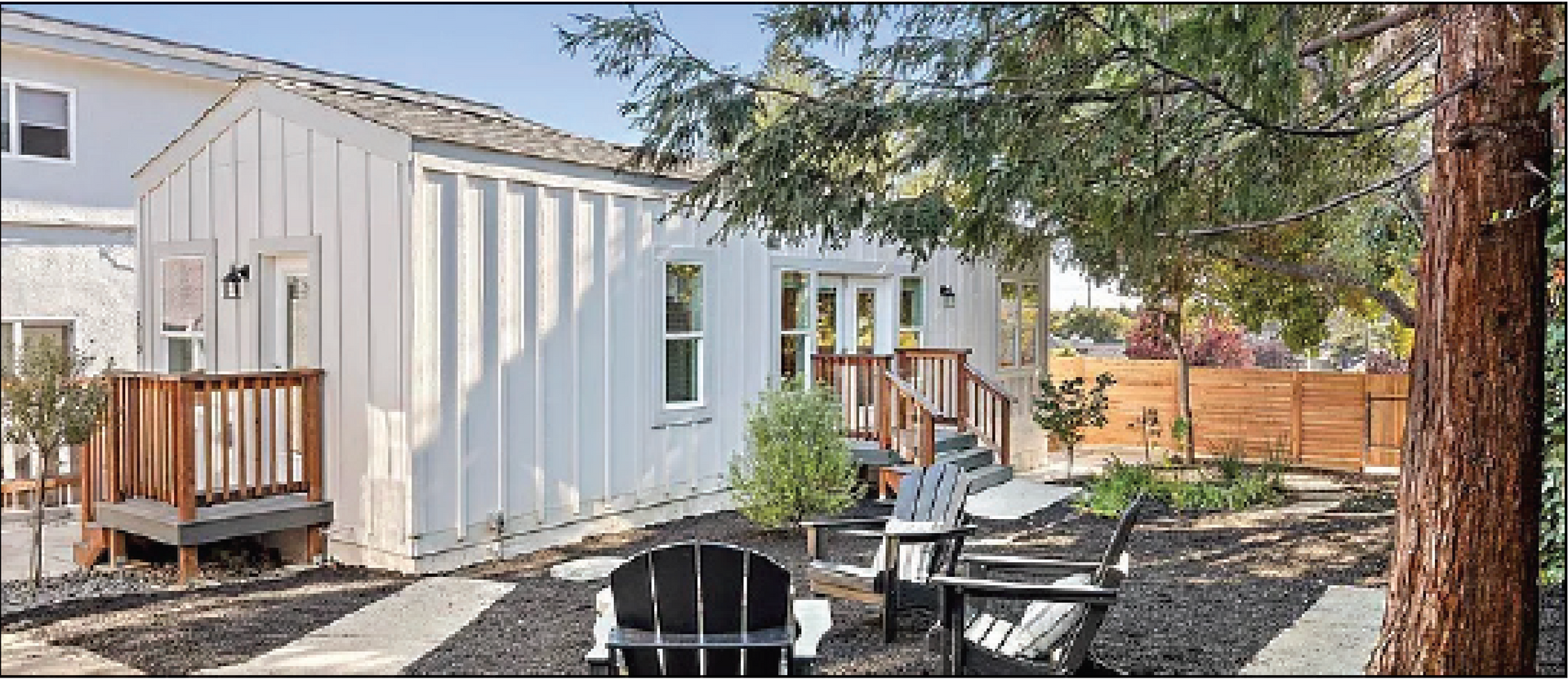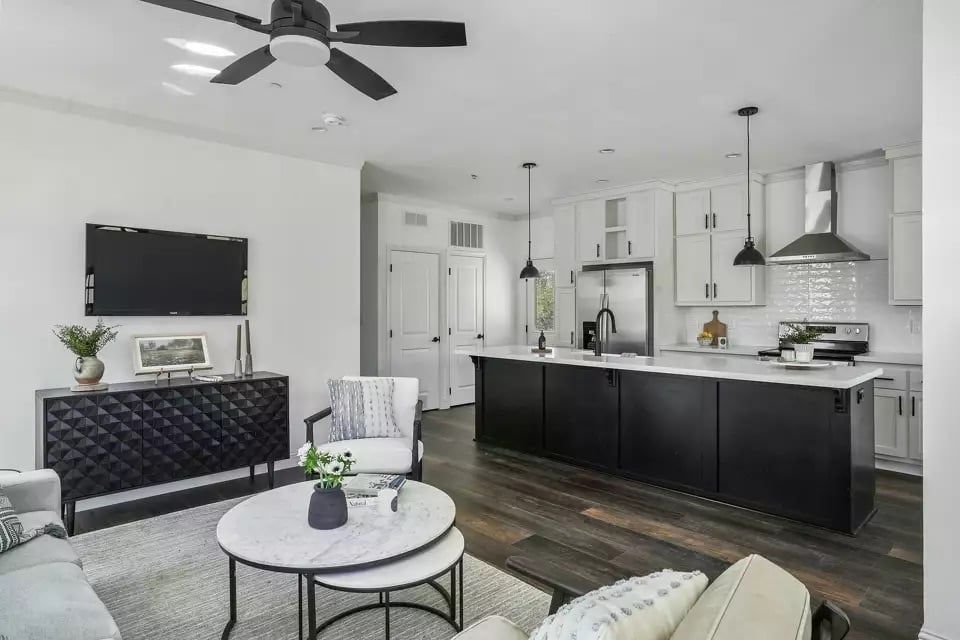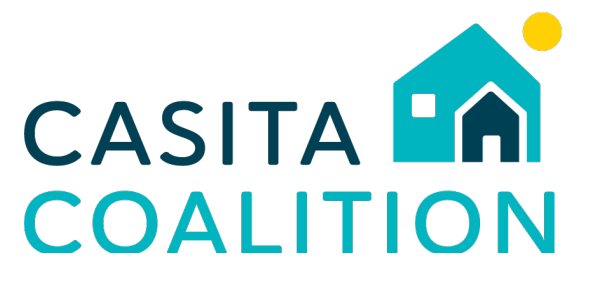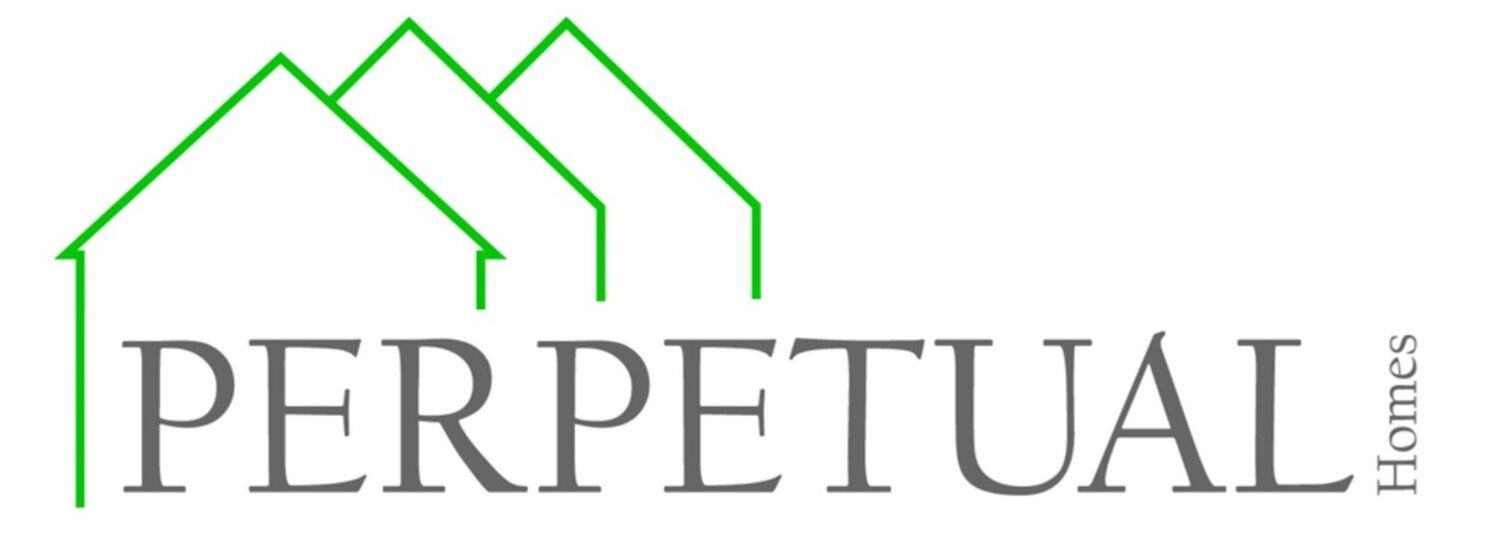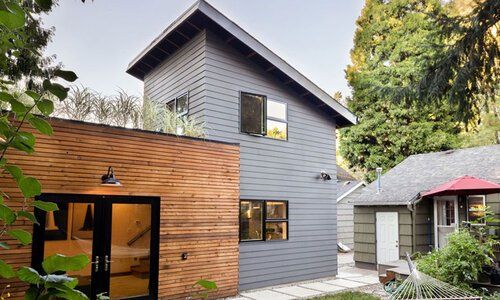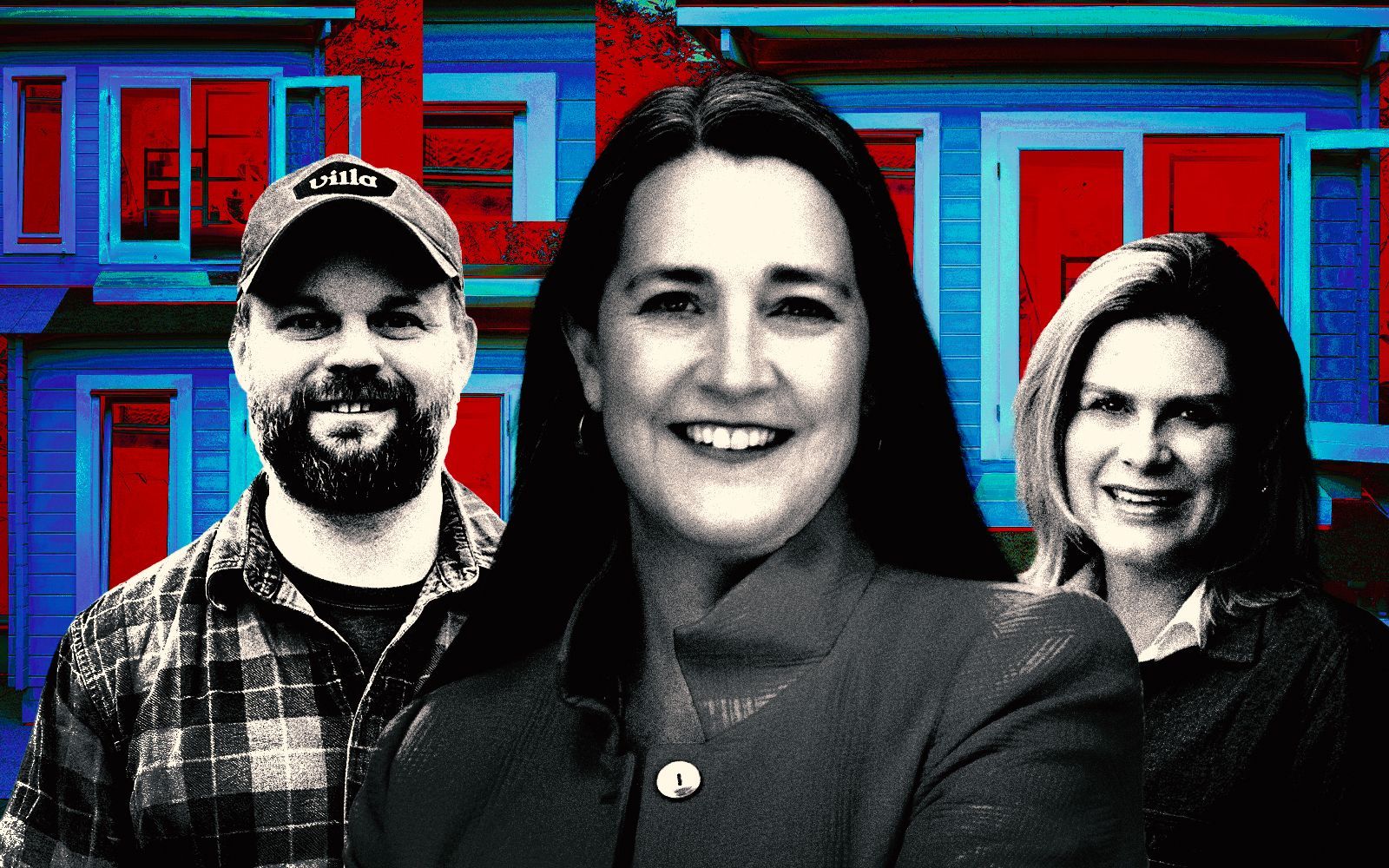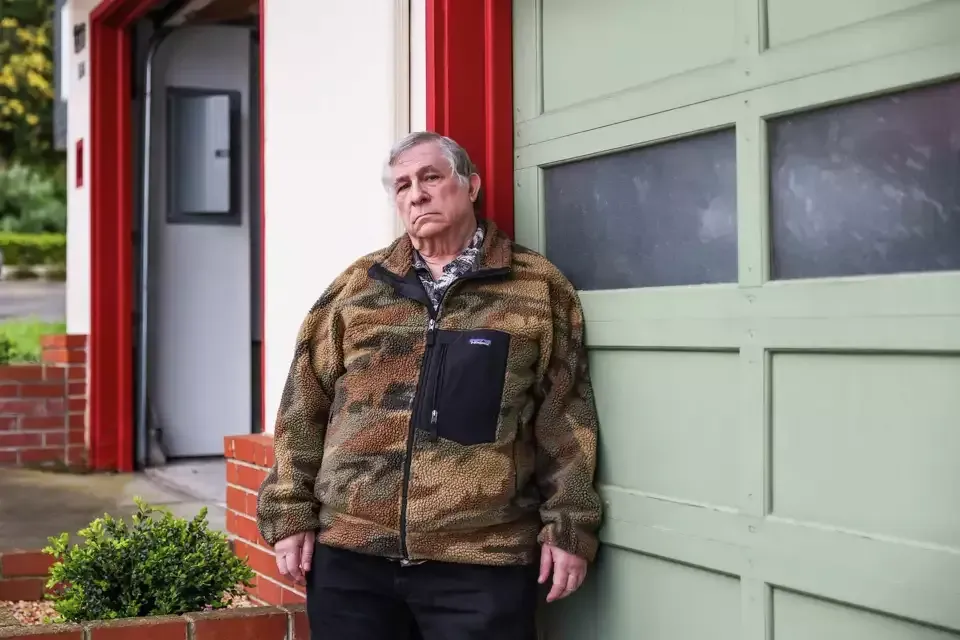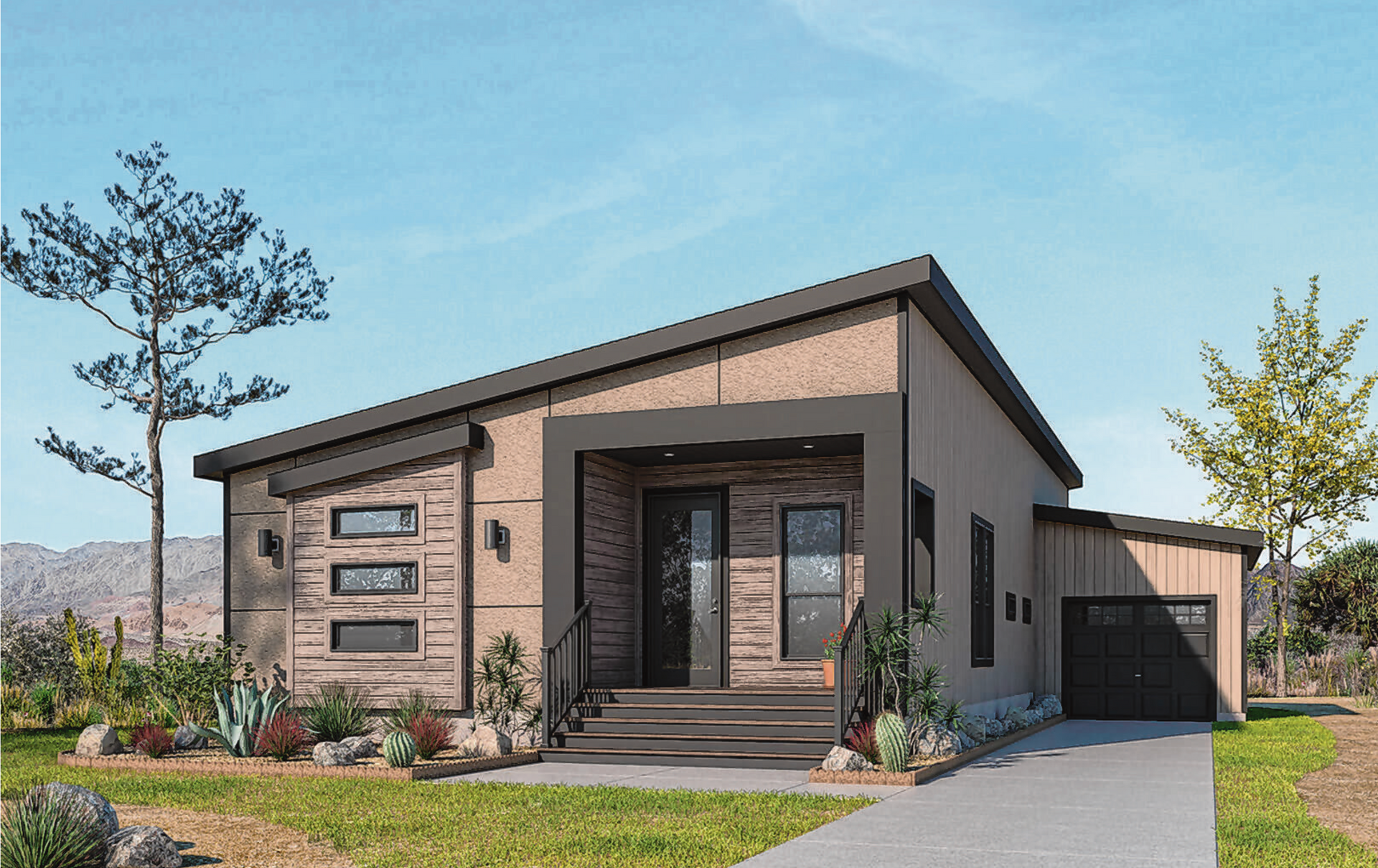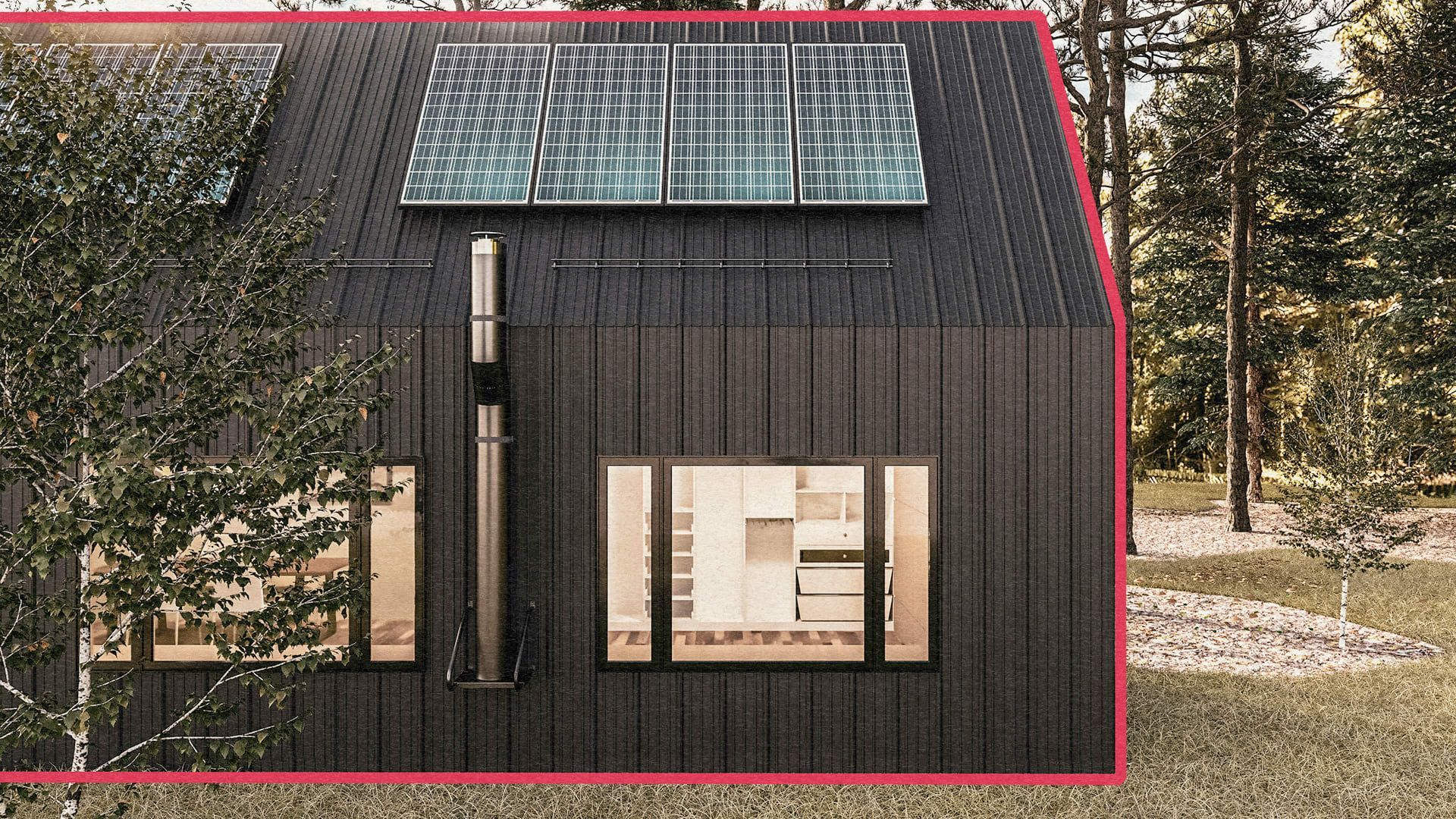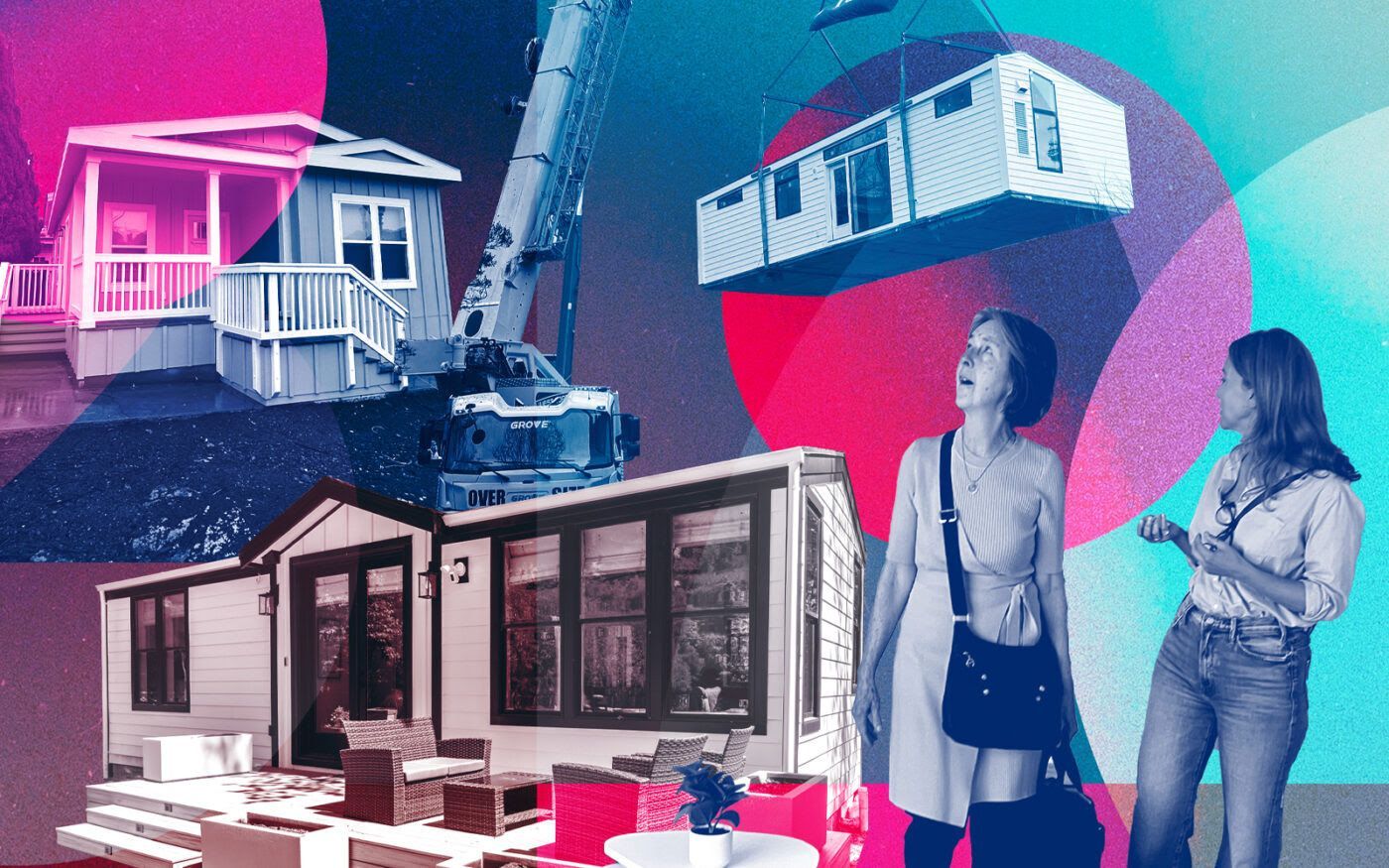The Bay Area needs 450K new homes by 2030 — can we get there?
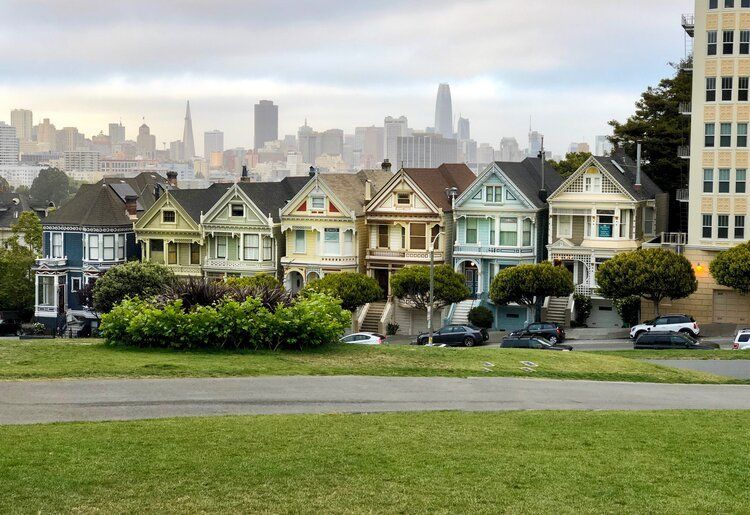
Pictured: San Francisco
The Bay Area’s housing needs for the next several years have more than doubled — and we were already struggling to reach the current, lower goals we’ve set for ourselves.
For the period between 2023 and 2030, the state of California’s Regional Housing Needs Assessment has found that municipalities in the Bay Area will need to build 441,176 new housing units.
This is an increase of about 135 percent from the current goal for the period between 2015 and 2023: 187,990 housing units.The increase was not unexpected by local leaders, according to San Jose Spotlight, given the current housing situation and projections for population and job growth, but the question is whether all that housing will ever be built.
Housing goals set by the RHNA are treated more like aspirations than requirements, according to Leslye Corsiglia, executive director at SV@Home.
“Never has the number been seen by communities as something they had to meet,” Corsiglia told Spotlight. “They’ve just felt that it’s a planning number, which is unfortunate because what that means is that they plan for that number because they’re expected to — they’re required by law to — but with no intention ever of reaching it.
”There are also requirements for what type of housing is built, broken down by how affordable they are — they range from “very low income” to “above moderate income.”
Data from SV@Home show that Santa Clara County as a whole has already exceeded its target for “above moderate income” homes for 2015-2023, building 22,611 out of 21,890, or 103%.
The outlook for the other housing brackets is not so cheery: 23% of the moderate income housing goal has been reached (2,458 out of 10,576), followed by 13% of low income (1,224 out of 9,372) and 10% of very low income (1,533 out of 15,633).
To compare, here’s the breakdown for the 2023-2030 housing goals, with significant increases in all categories:
- 114,442 very low income units;
- 65,892 low income;
- 72,712 moderate income;
- 188,130 above moderate income.
All that said, previous reporting has found that it is difficult for developers to make low-income housing pencil out and thus find the money to build, despite government mandates.
“A really big issue is that such a big proportion of the (affordable housing) needs identified require subsidy, and we just don’t have enough,” Corsiglia said, per Spotlight. “That’s a reason why the numbers won’t be met until we identify that (financing) source.
”Spotlight reports that the Association of Bay Area Governments is currently working on a way to allocate those housing goals per city, trying to find a method that would be both effective at addressing a complex issue and still simple enough to be understood by residents and lawmakers. ABAG’s recommendation is set to be made by September, with final allocations expected by 2021.
Written by Ryan Fernandez:
The highly regarded ADU builder, Perpetual Homes, specializes in providing affordable, sustainable, turn-key backyard ADU’s in the Bay Area. Perpetual Home ADU’s are placed on a permanent foundation so they are earthquake resistant. Assembled off-site to ensure the highest standards of quality, with minimal disruption to the homeowner, Perpetual Homes offers a huge array of floor plans/exterior design options, and dwelling sizes (that can range in size from the 160 sq ft office shack all the way up to two bedroom / 2 bath 700 square ft dwelling). To find out more about adding an ADU, visit www.perpetualhomesadu.com, email perpetualhomesadu@gmail.com, or call 925-980-2351.
adu | perpetual | perpetual homes | perpetual adu | perpetual homes adu | perpetualhomes | perpetualhomesadu | prefab | palo alto | accessory dwelling unit | accessory dwelling units | backyard home | backyard homes | bay area | california | granny flats | modular | granny flat | san jose | construction | tiny homes | homes
